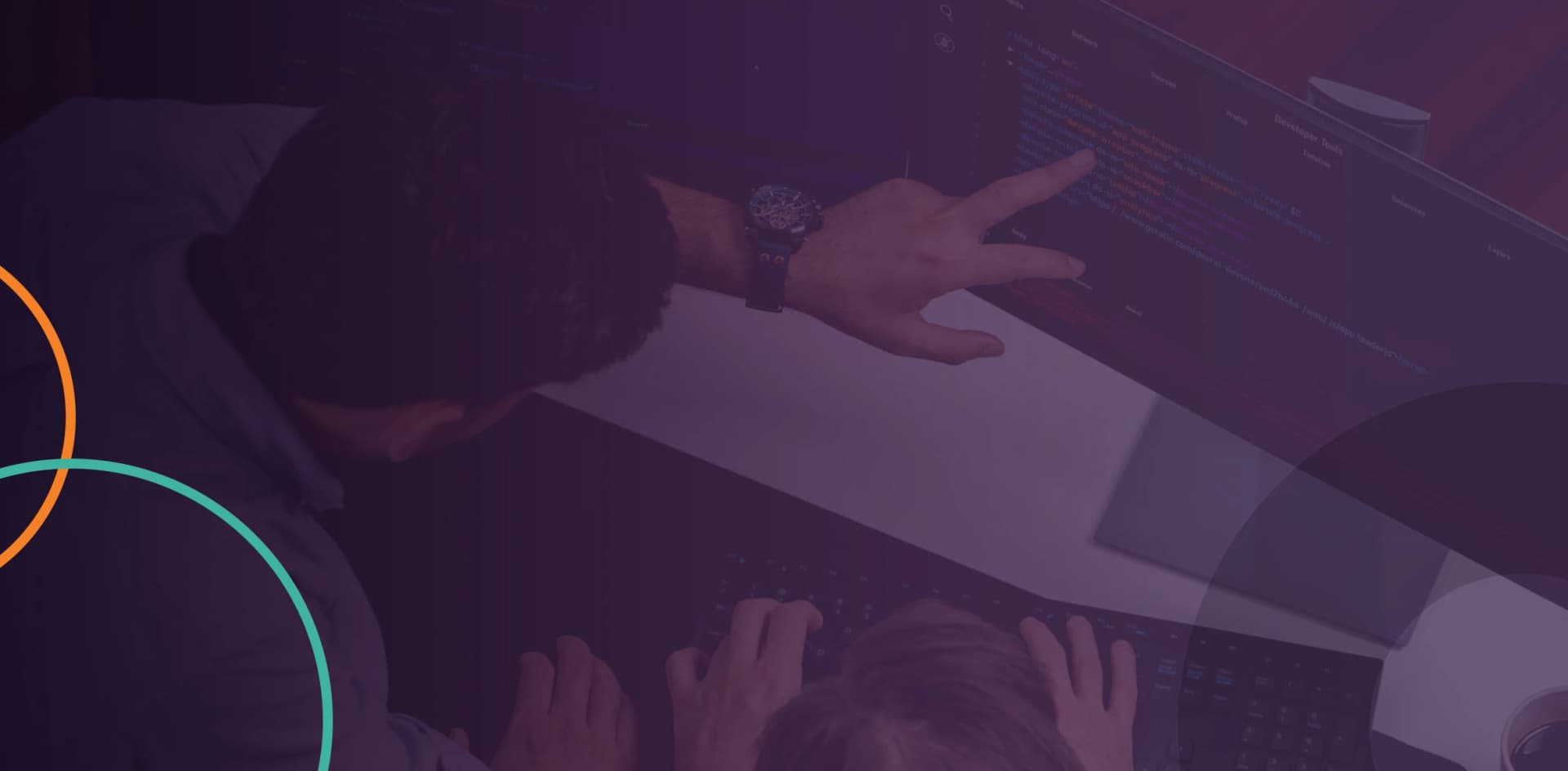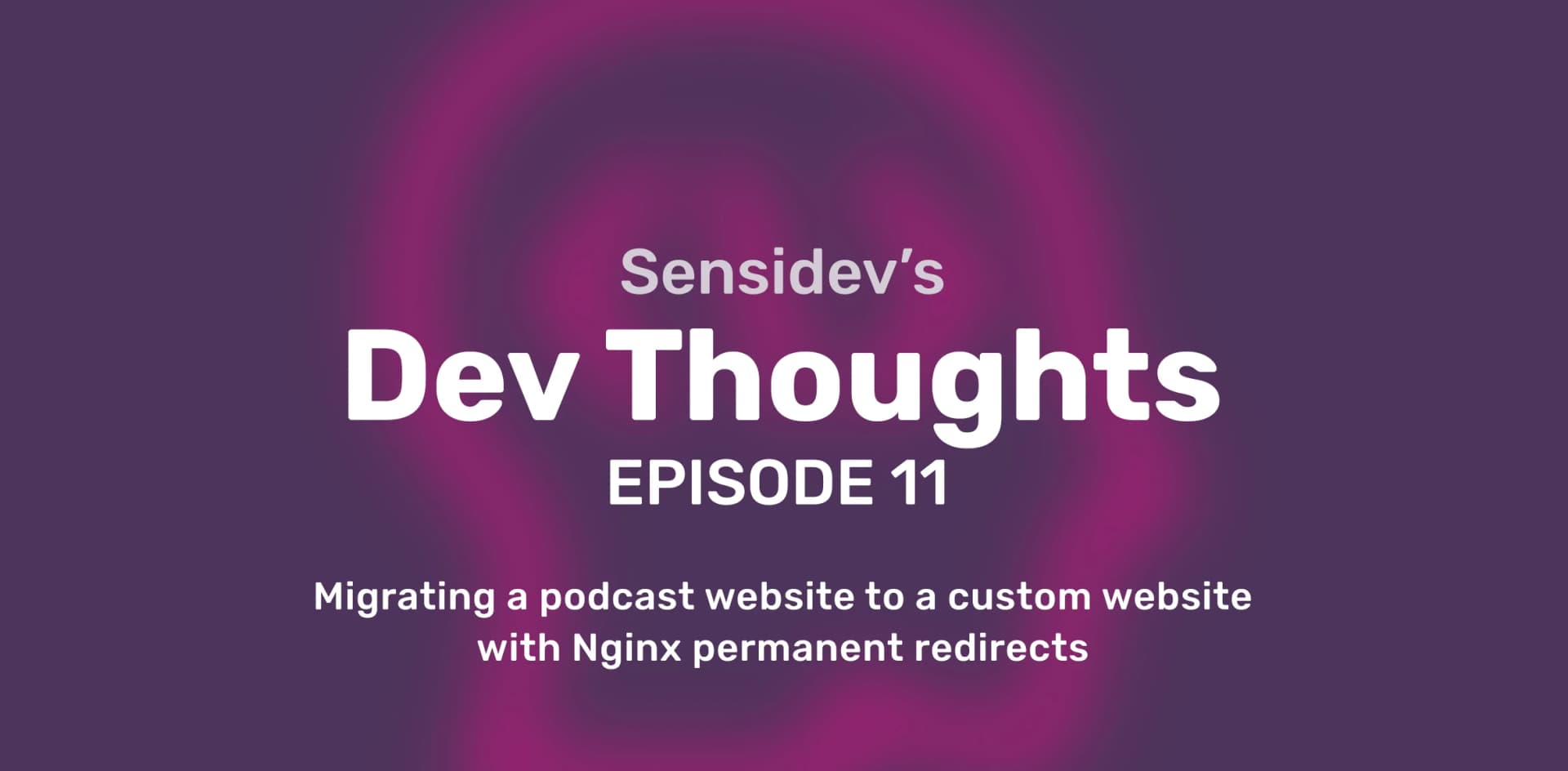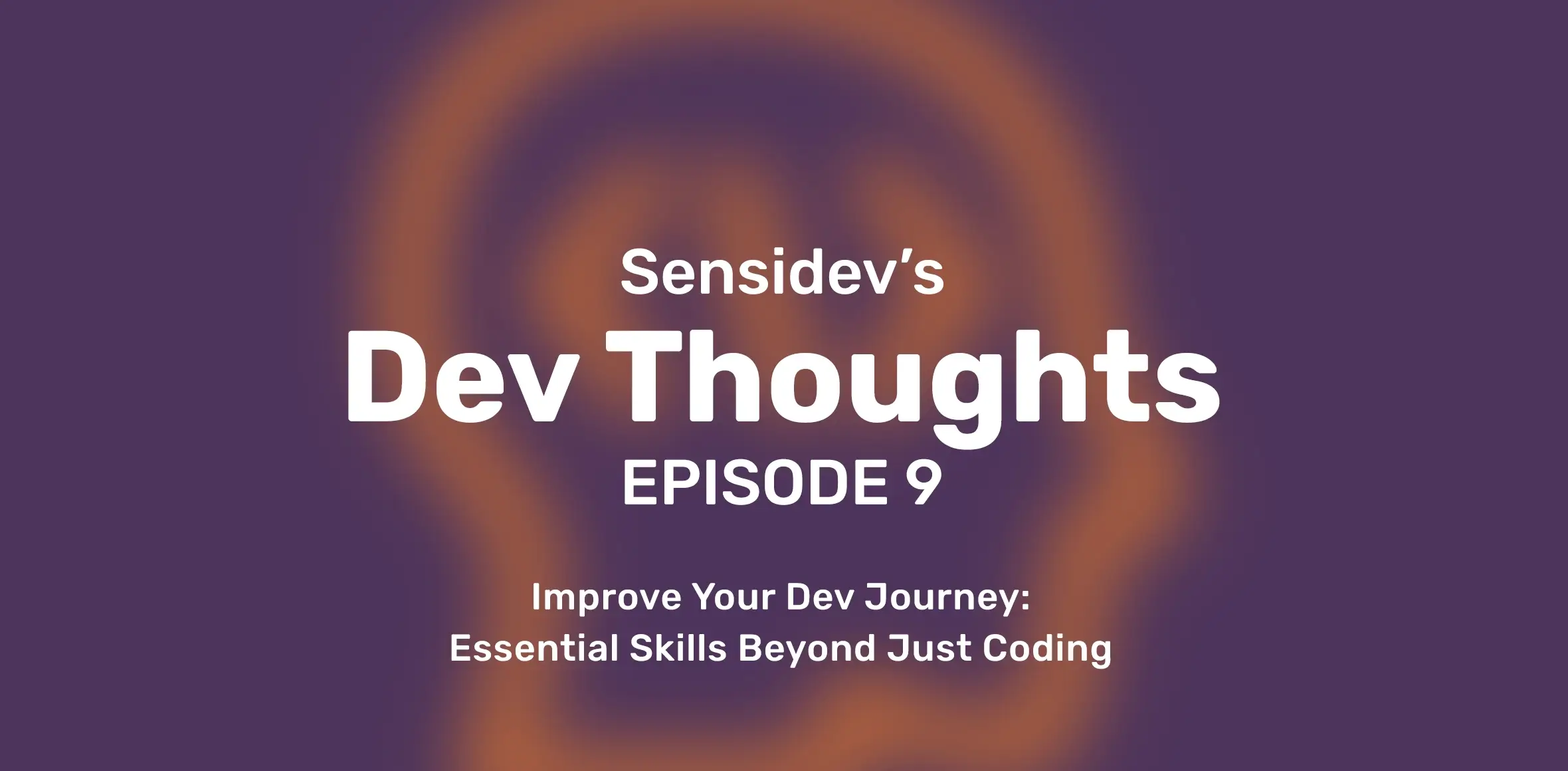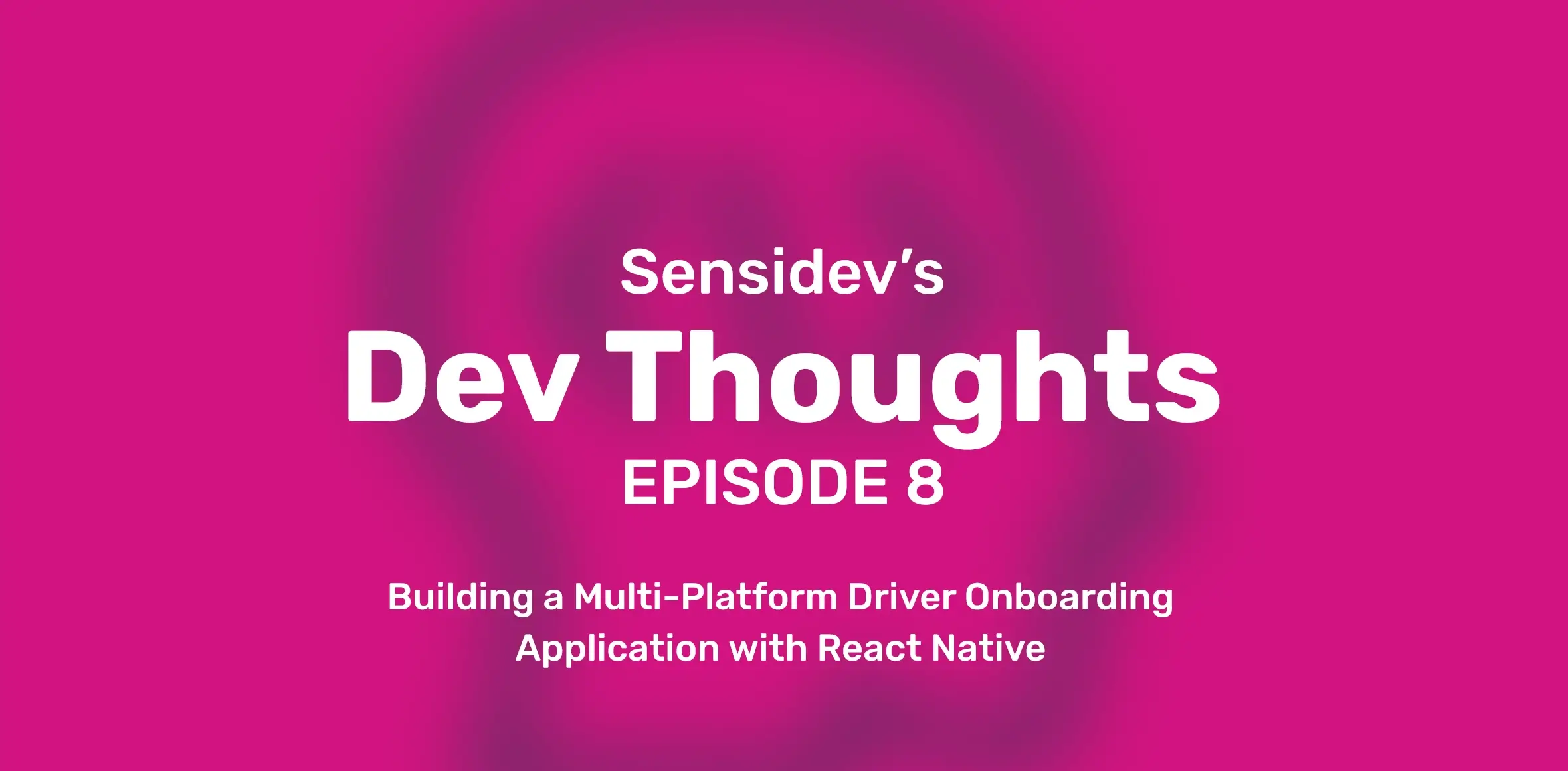
The Product Owner’s View: Building a Streamlined Transport Management System
by Alexandra Voinea • over 1 year ago • 5 min read
The transport and logistics industry thrives on efficiency and clear communication. But what happens when real-time updates and driver-dispatcher coordination become a challenge? In this interview, we dive into the world of product ownership with Alexandra Voinea, who is leading the development of a transport management system designed to bridge these gaps.
Alexandra sheds light on the complexities of the project, from intricate algorithms to fostering stakeholder alignment. Throughout this exciting conversation, she emphasizes the importance of user-centric design, highlighting features like a driver's "Google Calendar of tasks" and real-time order tracking — you’ll see how interesting it is to see the software project through the Product Owner’s lens, because suddenly you get a macro view, but sprinkled with all these interesting little details that make a project thrive.
We also explore how Alexandra stays ahead of the curve, keeping a pulse on industry trends and competitor offerings.
Dive right in:
What are you working on?
We are working on a transport management system project with a web app and a mobile app built with React. The problem we are trying to solve is very complex and involves different people from organizations starting with dispatcher and driver and finishing with accountant and admin. The biggest problem in this industry is the real-time communication between drivers and dispatchers, which leads to tracking delays of orders and a lack of transparency between the moment when the order is taken and the moment when the end customer receives it. The dispatcher doesn’t know the exact tracking of the order.
What are the biggest challenges you anticipate with this project?
The biggest challenge is the complexity of the algorithms, even though it can sound easy it’s not. Well, if we are looking as a client at an order we only see the basic tracking, all those points of tracking are in fact events or units of order, we need to make them accountable. We need to help drivers have visibility and to know exactly where he is, where they need to go and how, we can say that we build a Google Calendar of tasks for drivers.
On the other hand, this calendar must be visible for dispatchers, so that they can anticipate future delays or notify drivers about accidents and change the route in real time to not have delays. Also, the dispatcher should have visibility over the status of orders managed by each driver.
How are you measuring the success of this project? What KPIs are you tracking?
Not only in this project, but in all our projects we use Jira reports to see how our estimations are reached during a sprint and how our goal is achieved. It’s very important that the goal for each sprint to bring the maximum value to the end customer.
How are you collaborating with stakeholders on this project? Can you share an example of a successful stakeholder engagement strategy?
Each type of stakeholder is different. You can have very friendly ones and very difficult ones. It is very important to look at what is important for the product, and what brings the maximum value. All stakeholders must be aligned and want the best for their product.
As a strategy, I like to use different tools, the most important that I consider is to identify the type of people you are working with by using the PAEI framework, this will help you to categorize your people and know how to work with them.
Can you describe a specific user story or feature that is core to this project? How will it benefit users?
For sure, it is the orders and events tracking. As I said, the Google calendar for the driver. It is essential to know where the order is, what to do with it, and what the next step is.
I think this is a real benefit for our clients because you have more accurate tracking and this can reduce the transport costs because you can change the route in real time to get a more accurate timeline.
How do you stay informed about industry trends and competitor offerings? How does this knowledge influence your product roadmap?
This is very interesting and it’s teamwork. Usually, I am looking at the best of this industry and at the same time I am looking at startups because they are the most representative companies where innovation emerges.
How do you define and measure product quality?
Always quality over quantity.

The product must have the best quality, and we indeed have multiple iterations to achieve it. I am looking very much at how important that feature is vs the quality. Depending on what stage the product is in and the importance for the end client, I am making a choice.
Can you describe a time when you had to break down a complex feature into smaller, more manageable user stories?
Yes, this happens, not often, but it can happen. Usually, we do this in grooming sessions with very complex user stories. We are splitting this into a proof of concept and the more complex features to add later.
How do you manage the product backlog to ensure a healthy mix of short-term fixes and long-term strategic initiatives?
I am constantly iterating over the backlog and talking with customers. From day-to-day interactions during the sprint, you can get a lot of feedback and change the priorities of your features. It is very important to actively listen to everyone involved in the process.
How do you use product metrics to advocate for the value of the product to stakeholders? Can you share an example?
The product metrics are helping us to adapt and to see how much we can deliver to reach the end goal.
Building with Software with Care: Transparency and Efficiency at the Forefront
This interview provides valuable insights into the world of product ownership and the intricacies of building a software solution for the transport and logistics industry. Alexandra's focus on user experience, quality, and data-driven decision-making paves the way for a system that promises to streamline communication, improve transparency, and ultimately, enhance efficiency across the entire transport ecosystem.
At Sensidev, we always promise to build with care on every project, and we’re happy to find other #sensidevs like Alexandra who are 100% aligned with us. Want to work with her? Contact us 👉🏻 https://sensidev.net/contact/
Dev Thoughts

How to migrate a PodBean podcast website to a custom website with Nginx permanent redirects
by Lucian Corduneanu • over 1 year ago• 13 min read

Improve Your Dev Journey: Essential Skills Beyond Just Coding
by Dragos Ispas • over 1 year ago• 5 min read

Building a Multi-Platform Driver Onboarding Application with React Native
by Gabriel Macovei • over 1 year ago• 5 min read